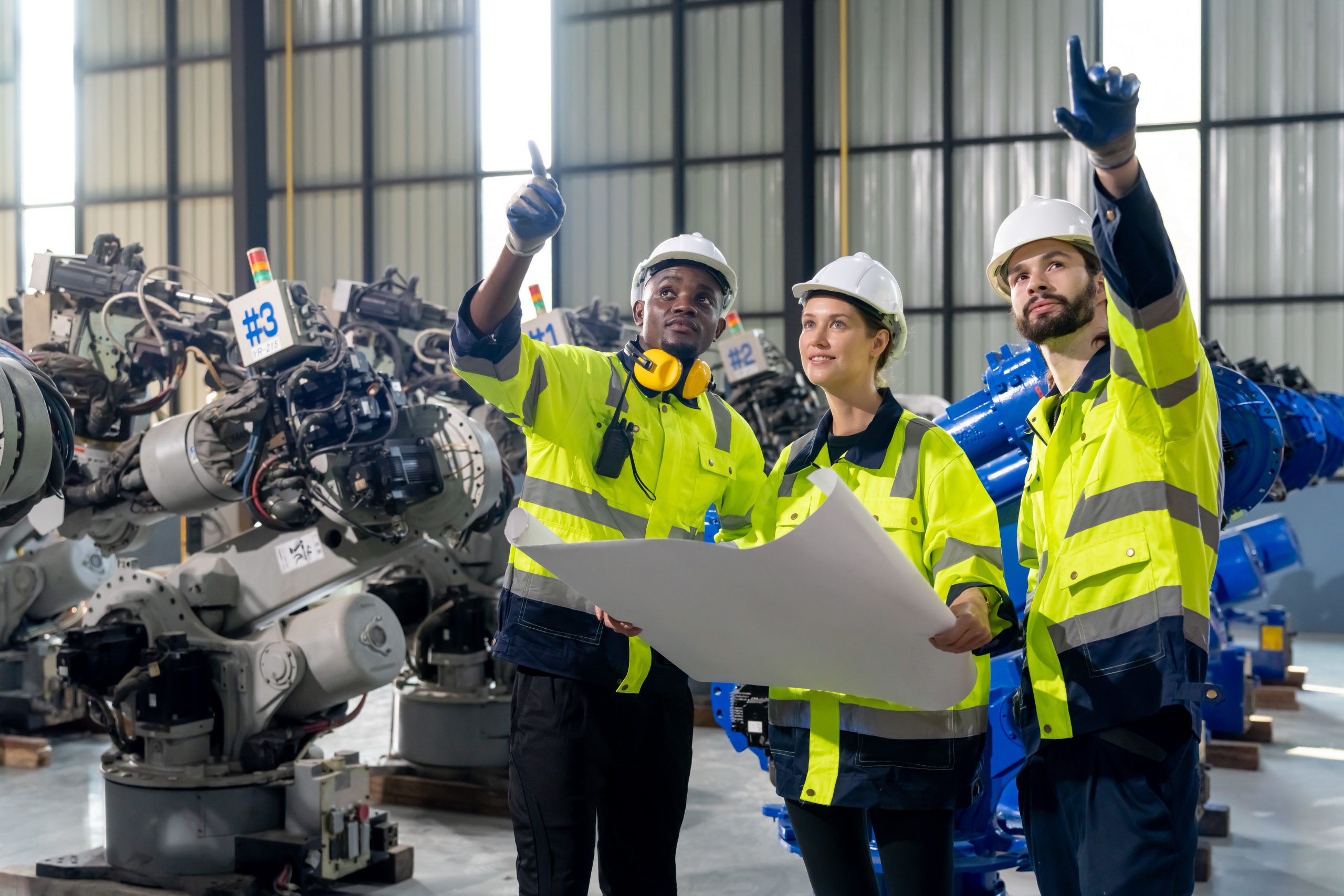In the vast realm of aerospace engineering, the dreamers and the pragmatists converge, forging pathways into the skies and beyond. Behind every soaring aircraft, every satellite orbiting the Earth, and every ambitious mission into the cosmos, lies the meticulous work of aerospace engineers. These unsung heroes of innovation blend science, technology, and creativity to push the boundaries of human exploration and discovery.
Aerospace engineers are the architects of flight, tasked with designing, testing, and perfecting everything that defies gravity. Their domain encompasses a wide array of disciplines, including aerodynamics, propulsion, materials science, avionics, and space systems. From conceptualization to realization, they navigate through intricate challenges to transform ideas into tangible marvels.
At the heart of their work lies aerodynamics—the study of airflow and its interaction with objects in motion. Aerospace engineers delve into the complexities of lift, drag, and stability to optimize the performance of aircraft and spacecraft. Through computational simulations and wind tunnel experiments, they refine designs to achieve the perfect balance of efficiency and safety.
Propulsion stands as another cornerstone of aerospace engineering, propelling humanity’s aspirations beyond the confines of Earth’s atmosphere. Whether it’s the roar of jet engines or the silent thrust of rocket motors, aerospace engineers orchestrate the forces that propel vehicles into the heavens. They innovate new propulsion technologies, striving for greater fuel efficiency, higher thrust-to-weight ratios, and enhanced reliability to conquer the vast expanse of space.
Materials science plays a pivotal role in aerospace engineering, as engineers seek materials that can withstand the extreme conditions of flight. From lightweight composites to heat-resistant alloys, every component must endure the rigors of high-speed travel, temperature variations, and exposure to radiation. Aerospace engineers push the boundaries of material capabilities, forging alloys that can withstand the blistering heat of reentry or developing coatings that shield against micrometeoroid impacts.
Avionics—the fusion of aviation and electronics—forms the nervous system of modern aerospace systems. Aerospace engineers design sophisticated guidance, navigation, and control systems that ensure the safety and precision of every flight. From autopilots that maintain steady courses to advanced sensors that navigate through the void of space, these technologies are the silent guardians of human exploration.
In the realm of space systems, aerospace engineers pioneer missions that expand our understanding of the cosmos. They design spacecraft capable of traversing vast distances, conducting scientific research, and even sustaining human life beyond Earth. From the iconic voyages to the Moon to the ongoing quest for habitable exoplanets, aerospace engineers enable humanity to reach for the stars.
Beyond the confines of our planet, aerospace engineers confront challenges that transcend the boundaries of imagination. They envision habitats on distant worlds, develop propulsion systems capable of interstellar travel, and explore the frontiers of theoretical physics to unlock the secrets of the universe. Their work embodies the spirit of exploration and the relentless pursuit of knowledge that defines our species.
In the grand tapestry of human achievement, aerospace engineers stand as the unsung heroes of progress. Their dedication, ingenuity, and perseverance pave the way for humanity’s ascent into the heavens, inspiring future generations to reach ever higher. As we gaze towards the stars, let us not forget the tireless efforts of those who dare to dream of worlds beyond our own—the aerospace engineers who turn dreams into reality.
Aerospace Engineers Responsibilities
Aerospace engineers are professionals who design, develop, and test aircraft, spacecraft, satellites, and missiles. They typically work in industries such as aerospace manufacturing, defense, and government agencies like NASA (National Aeronautics and Space Administration) or ESA (European Space Agency). Their work involves various stages of the engineering process, including conceptual design, analysis, prototyping, testing, and production.
Key responsibilities of aerospace engineers may include:
- Designing: Creating plans and specifications for aircraft or spacecraft components, systems, or structures.
- Testing: Conducting tests to evaluate the performance, safety, and efficiency of aerospace products.
- Analysis: Using mathematical models and computer simulations to predict and optimize the behavior of aerospace systems.
- Research and Development: Investigating new technologies and materials to improve the design and performance of aerospace vehicles.
- Production Oversight: Overseeing the manufacturing process to ensure that products meet design specifications and quality standards.
- Project Management: Coordinating interdisciplinary teams and managing budgets and schedules for aerospace projects.
- Regulatory Compliance: Ensuring that aerospace products comply with relevant safety and environmental regulations.
Aerospace engineers often specialize in areas such as aerodynamics, propulsion, avionics, structures, or systems engineering. They may also work on specific types of vehicles, such as commercial airplanes, military aircraft, helicopters, spacecraft, or satellites.
The field of aerospace engineering is highly technical and requires a strong foundation in mathematics, physics, and engineering principles. Many aerospace engineers hold advanced degrees (master’s or Ph.D.) in aerospace engineering or a related field. Continuous learning and staying updated with advancements in technology are essential for success in this dynamic field.


